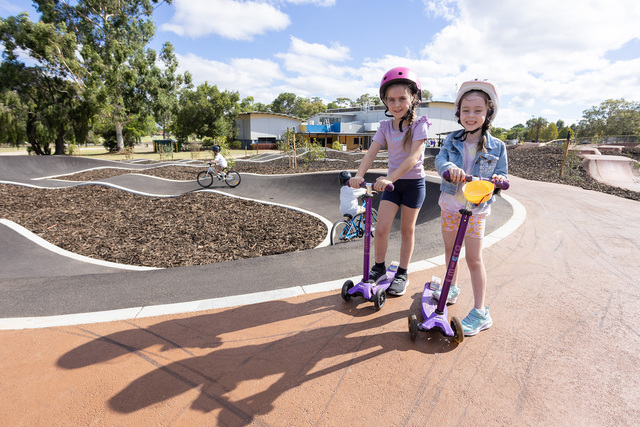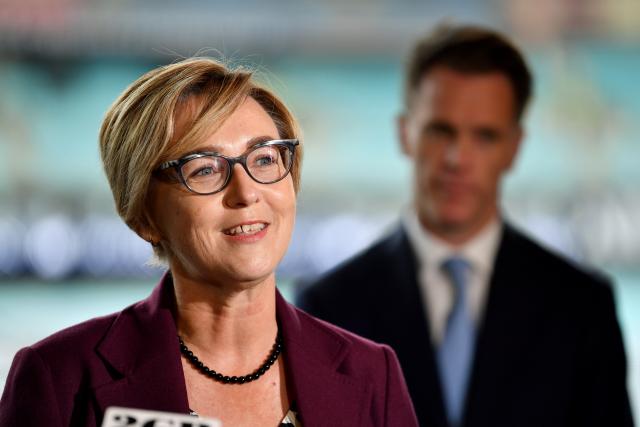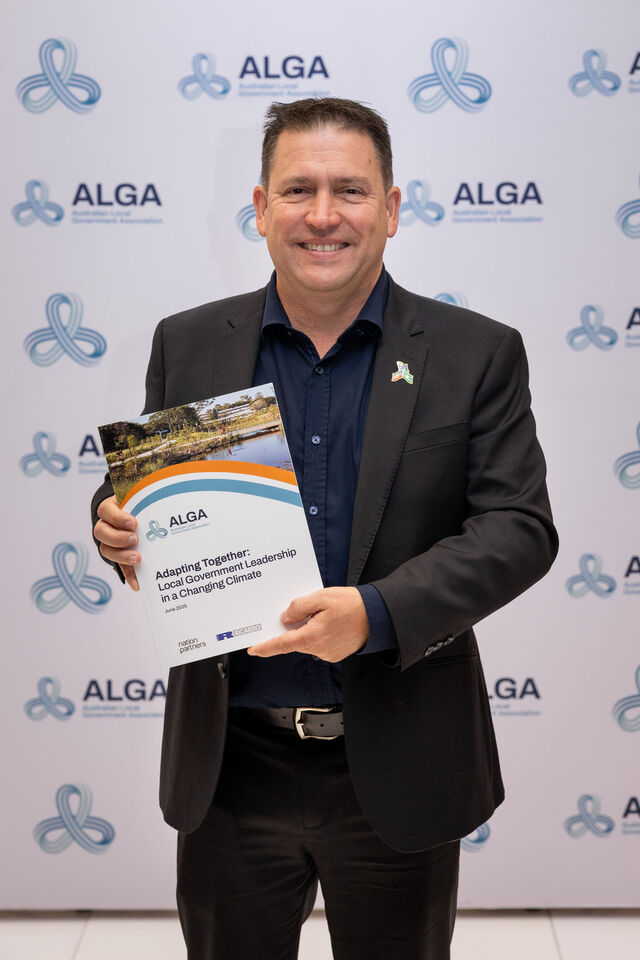The Good Oil by Rod Brown*
A national economy is a mosaic of integrated regional economies. And these regional economies are essentially basins of attraction for private and public sector investments, that in turn drive economic activity and wealth.
Imagine each basin varying in size, with different sized marbles rolling around looking for a home. Large cities attract both business marbles and government marbles. But small towns and distant regions have shallow basins, and any business marbles don’t stick around if things get slippery – they gravitate to larger nearby basins, and the government marbles follow the action.
The business marbles have shrunk in recent times due to GFC winter events, so the government marbles have grown in size and become bolder. The biggest is the Prime Minister marble (gold) that rolls around spreading largesse wherever it can. The next biggest marble is Treasury/Finance (black), but it doesn’t get out much, and remains nailed to the Canberra basin.
There are big pink marbles – community services (FAHCSIA), health and education. They are incredibly active, smooching around big and small basins alike, looking to do good things. They have a feminine side because Mesdames Macklin, Roxon and Gillard are in charge. But their progress is slowed by jaffa sized marbles rolled in their path by things called the States.
The Defence marble is also big, adorned with medals and ribbons. It has a strong masculine side and it rolls where it likes, spilling more than it dispenses.
The Infrastructure marble is blue because it’s controlled by males infatuated with planes, trucks and trains. This particular marble has been rolling around for over a century, but says it’s close to making things fit, despite many jaffas.
Then there are four medium sized industry marbles – innovation, industry, science and research; broadband, communications and the digital economy (BCDE); agriculture, fisheries and forestry; resources, energy and tourism. They are red because Treasury thinks they are dangerous. The BCDE marble has flashing red lights due to its promised expenditure across all basins.
The two green marbles are climate change, and water and environment, heritage and arts. They have a feminine bent, shamelessly rolling around most basins with a mix of carrots and sticks. Jaffas are also in evidence.
Deeper and wider basins
Thinking about your locale as a basin might help with your dealings with Canberra. It provides a vehicle for understanding your point of difference vis-à-vis 550 plus other local councils. Or for collaborating with some of them to present a bigger basin.
For example, the competition/collaboration between Playford and Salisbury Councils has effectively widened the industry basin established by South Australian Premier Playford in the 1950s, thus attracting follow up Federal industry, environment, defence and social programs.
Similarly, the former Noosa Shire Council created a deep environment leisure basin that attracted Federal water and education programs. Conversely, the inland agriculture basins have flattened out, and the shrinking of the agriculture marble has made things worse.
I should point out that basins are not part of the Federal Government jargon. But no matter. Hold the thought but instead use the Feds’ new and/or reworked buzz words – hubs, precincts, industry centres, cooperative research centres, growth nodes, paradigms, global value chains, competitive advantage and so forth
In coming weeks, I will chance my arm by identifying more of these locational hubs around Australia, and how councils might position them to attract Federal interest.
Make ‘em come, make ‘em stay
We uncovered a gem at a conference in Victoria in July. She is Pauline Porcaro, a Melbourne based hospitality and tourism teacher and her passion is to introduce a regional agritourism project into Australia. It is called the Gallo Rosso (Red Rooster) accreditation system, developed in northern Italy. Agritourism ventures doubled in five years as a result.
She described the typical set up as the men running the farm and women the tourism businesses. Operators sell local products, for example wine to visitors. Among the variations is a teaching farm for city schoolchildren.
At a cost of about $5 to $6 per child, operators provided a home made snack and insights into farming life.
Another farm ran an ‘adopt a sheep’ program. “You visit farm, adopt a sheep and take home a photo of the sheep…you get regular updates and once a year they get a bit of fleece or cheese …”
It is very exacting for business operators. Top ranking requires that all soft furnishings are made of natural fibres; operators are not to give up farming; and there are tight restrictions on accommodation size. In exchange, there is government support especially for training and marketing.
Pauline says we need to define agritourism, and help farmers develop a good strategic plan and decent signposting in every town. Industry has to lobby government, tourism networks must work with farmers, and we need to start to use agritourism as a term.
I couldn’t agree more, and we are going to work together to get some Federal funding. It might even deepen a few basins!
Contact us if you are interested in being part of an alliance. Here’s her new website www.redrooster.it/en/ or agritourismaustralia.com.au/
Buy Australia
Industry Minister Kim Carr has announced a package that includes an extra $8.5 million for the Industry Capability Network and some supplier advocates to strengthen the links between government procurement, industry development, innovation and training.
In the same press release, Finance Minister Tanner announced that a procurement coordinator will be appointed to handle complaints and promote best practice in Commonwealth procurement. Why is Finance still involved in procurement policy? This package would have been much more powerful if it had shifted the procurement function back to the Industry Department where it belongs.
And the big agenda still missing is some truth in origin labelling – the current arrangements are nowhere near best practice. Unfortunately we may have to await some food scares, and demands from increasingly sophisticated consumers.
*Rod Brown is a Canberra-based consultant specialising in industry/regional development, investment attraction, clusters and accessing Federal grants. He also runs the Cockatoo Network. He can be contacted at apd@orac.net.au or phone (02) 6231 7261. Go to our blog at www.investmentinnovation.wordpress.com for 550+ articles on issues relevant to Local Government.







